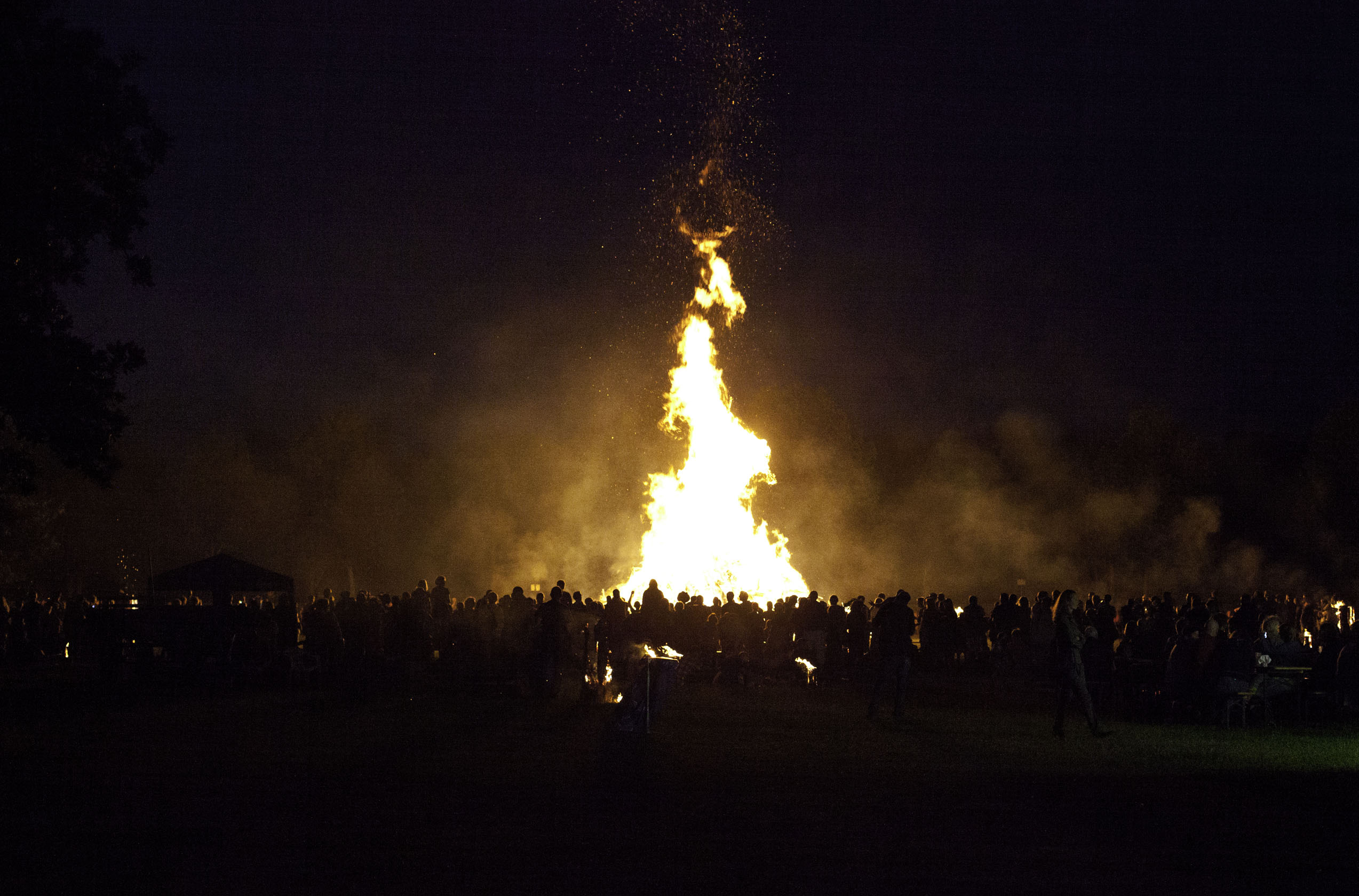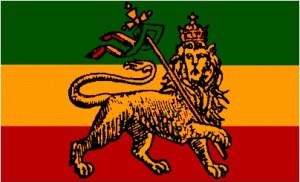The middle of the twentieth century saw an upsurge in Native Revivalism in western countries. Although exploration of ancient Western religious traditions had existed in Europe and America since at least the 17th century, it was mostly practiced by eccentrics in secrecy and never had the wider popular appeal we see today.
With the ‘back to nature’ trend sensationalized by the 1960’s Flower-Power generation many doors were opened in the realm of altered-native religion. Many hippies, realizing the difficulty of being accepted within Native American communities began a quest for connections with their own roots religion, leading them into exploring occult practices which over time progressed into the modern cultural revivalist movement.
Primarily, there are three wings within this movement. I name them as such; Paganism, Heathenism and Indigenism. On the surface, they all share many similar qualities, but represent three very different attitudes and beliefs concerning roots religion.
Paganism
This subcategory is the most common in the West and represents some of the most freeform and New Age spiritual ideas. In this group we have modern witchcraft, Wicca, the Faerie traditions and eclecticism. Typically the primary political interests of Pagans in general are those concerning freedom of religion issues, gender rights and ecological concerns.
Heathenism
Heathens are more geared toward recreating or revival of older and usually extinct religions. In this category are groups such as Asatru, Imbas and other reconstructionist organizations. Politically, heathens are often concerned with preservation of indigenous European cultural traditions, historical sites and language. Generally speaking it’s also very important for Heathens to distinguish themselves from the more popular Wicca-oriented Paganism.
Indigenism
Indigenists represent living indigenous traditions of the world. These are usually people somehow connected to a traditional native or aboriginal community. This subgroup can easily stretch a bit to include communities such as the Vodoun, true Roots Rastafarians the Basques and certain Irish and Welsh communities of Europe. Indigenists are politically tend to be involved with Native sovereignty struggles, land claims issues, ecological activism and cooperative communities.
Many individuals in the movement for Native Revivalism somewhat begrudgingly accept being labeled as a ‘pagan,’ though inside they feel more drawn to heathenry’s reconstructionist goals. This yearning for an authentic connection to their indigenousness coupled with the goals of building and maintaining cooperative communities based on this separates them from the vast majority of the revivalists. But it is when all these values become strongly aligned with and guided by the concerns and struggles of indigenous people in the world that they truly become Indigenists.
Indigenism is a little known term because in North America most Indigenists are Native American. Few if any people that are not directly involved in indigenous rights movements have ever even heard of the term. There are many dynamics and complexities involved in this philosophy. Indigenism is a spiritual perspective wrapped in a socio-political movement.
The socio-political dynamics of Indigenism and its relationship to Aboriginal people of the world is the driving force behind the movement today. This is perhaps the most rational and revolutionary perspective in circulation today for the manner in which it flies in the face of both global Capitalism and Marxism, confronting colonialism and imperialism from both camps in many parts of the world.
Spiritual Purpose
When we take notice of the similarities between Indigenous religions we are often prone to question from whence they came. Was there an original religion? The question has in many ways been a significantly motivating factor in a lot of my earlier religious pursuits. It makes for a great approach with solid, steady footsteps. It can also represent a sort of red herring. The answer to the ‘real’ question here just may be more in the modern Indigenist movement rather than in a quest for the ‘original religion.’
A particular Indigenist view on the origin of religion is such; that there is in fact only one Truth, one reality. This Truth or reality is essentially the “Sacred Mystery,” the “Great Spirit,” or the “Creator.” The ‘Creator’s’ reality is and has always been (to the indigenous) interpreted to us through our geography, ecology and community. In essence, the creator’s ‘words’ are interpreted to us by the Earth or regional ‘divinities’. Through the regional variations (or nature’s dialect) concerning the manifestation of these ‘truths’ and from our communities’ organization in coping with them we established our traditions and our religions. This accounts for the similarities as well as the differences in indigenous religion.
Example; we must have water to survive. Water is sacred. This is a common theme in most religions. But there is a very different practical and therefore spiritual perspective regarding the type of emphasis placed on water by desert peoples than by tropical islanders or swamp-dwellers (in most cases) even though the basic thematic construct is the same. Naturally, this paradigm carries over into even deeper realms of religion.
Indigenist religion is as much about physical and social action as it is about faith and philosophy. And the truth it follows is the unobtainable truth that must be pursued continually through our lives. The ‘Red Road’ doesn’t really have an end to it. It is a way of life, not just a belief system. If one gives up the pursuit, one effectively gives up the path. You put your arrows down, leave the wild hunt, succumb to stagnation and lose all the ground you’ve gained, resorting to crude methods to deal with a sophisticated life. This is why it is the ‘Way OF enlightenment’ not the ‘Way TO enlightenment.’
Political Purpose
Indigenism in America is heavily influenced by the work of The American Indian Movement, Russell Means, John Trudell, The Zapatistas, and to a lesser degree Che Guevara brought “back to the fire” (as Creeks say). It is centered on ‘tribal’ communities and around Native struggles from the Americas to Africa, Scotland, Russia, Japan, Hawaii and anywhere else the Indigenous are oppressed, disenfranchised, or dispossessed.
The Indigenist perspective stresses social decolonization, and localism rather than assimilation and globalism as a means to our survival as a species. Differences between culture and religion are to be respected because the Creator gave us different cultures and religions the same way we were given different landscapes. Indigenism stresses more self-sufficient communities, ecologically sound commerce, and gentler kind of warfare. These ideas also cut deeply into national boundaries, especially those of a colonial nature.
Importance of Indigenism
In the old days survival and self reliance was of the utmost importance to our ancestors. And in a way this should still be a core concept in our religion today. We never really know when we may be separated from the ‘tribe,’ when we may become lost in the forest, stranded on an island or a survivor of a major cataclysmic event. If an individual’s core philosophy and ‘religion’ is based on survivalist concerns and his relationship to his environment, he’ll be more prepared to face his obstacles with the heart of a warrior rather than the ass of a couch potato. Couple this with an indigenous commitment to your community and you have the foundations of true indigenous religion, the heart of the ‘original’ religion – ‘paganism’ at its core.
Indigenism is a practical philosophy and way of life respecting human nature and its response to the modern world. It is not a utopian dream. It’s not for everybody; it’s for indigenous people and those with indigenous spirits. Colonial people and their respective governments will have conflicts with this perspective, being that there is too little emphasis on control of the individual and of the land. But this is our way of life. This is our faith. And this is what motivates us to act. We live as natural people gifted with our own freedom and ingenuity, keeping our roots as firm as our branches and remaining One.
(Originally written and published in 2005, now revised for 2018)








